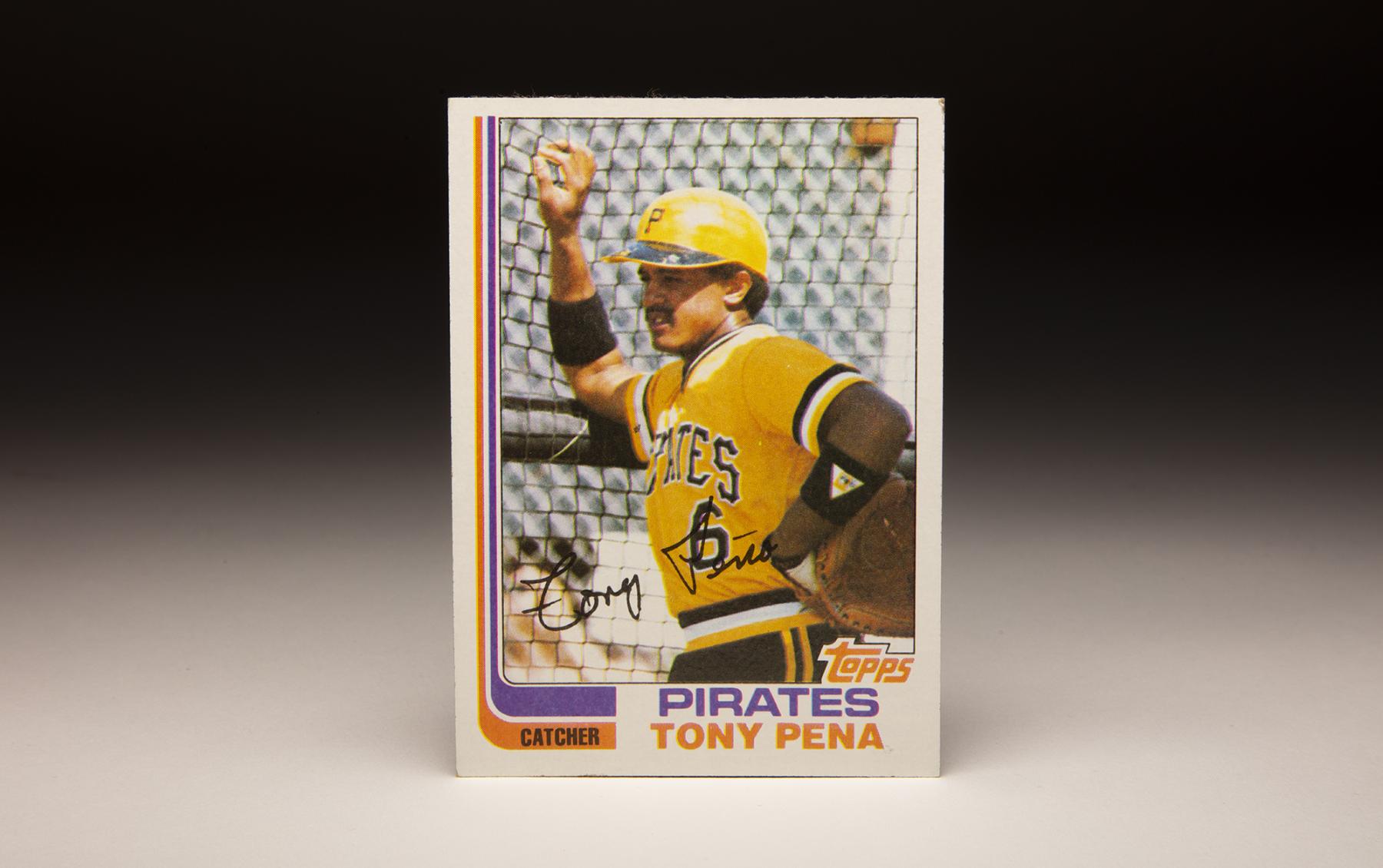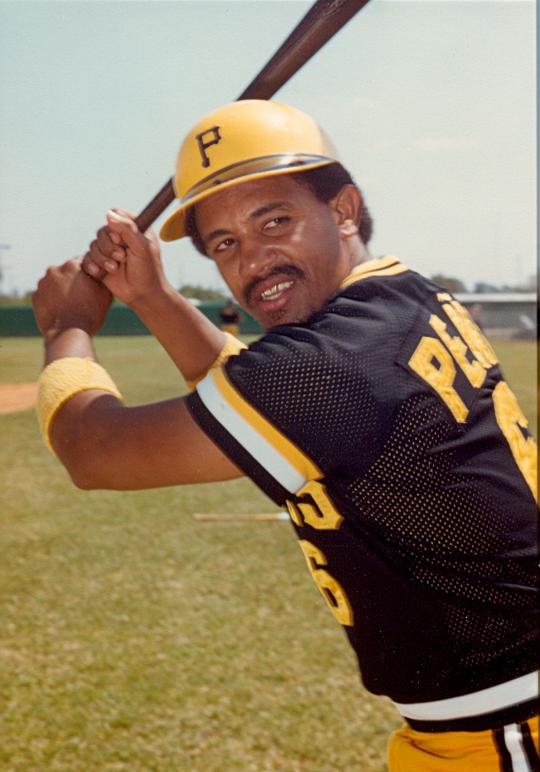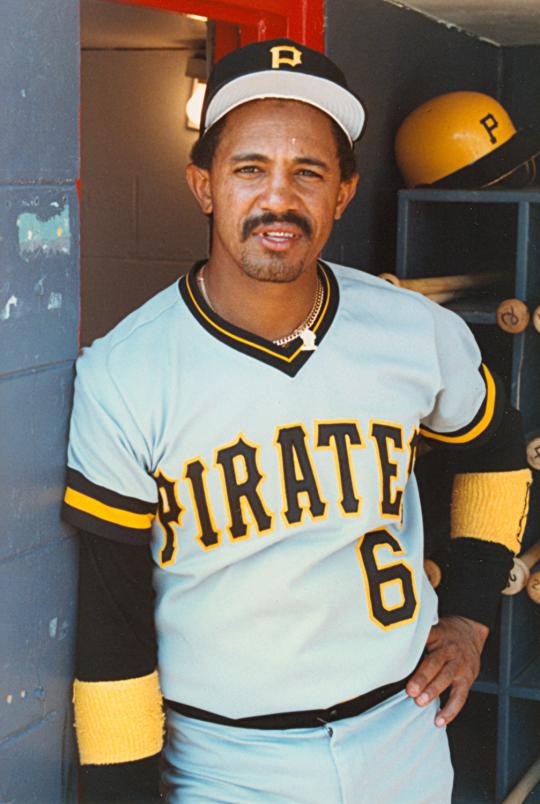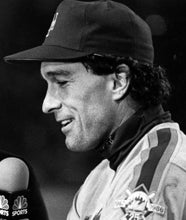- Home
- Our Stories
- #CardCorner: 1982 Topps Tony Peña
#CardCorner: 1982 Topps Tony Peña
On April 1, 1987, Tony Peña sat with his head down during a hastily-assembled press conference in Bradenton, Fla. The Pittsburgh Pirates’ four-time All-Star catcher had just learned he had been traded to the St. Louis Cardinals.
“It really shocked me,” said Peña, visibly crying as he was comforted by Pirates manager Jim Leyland. “My heart is breaking.”
Thousands of Pirates fans felt the same way. And though the trade would serve as a building block for the Pirates’ three straight National League East titles in the early 1990s, it also marked the end of an era for Pittsburgh and their ebullient catcher.
Born June 4, 1957, in Monte Cristi of the Dominican Republic, Peña was raised in an athletic family and eventually – like so many other athletes in his country – sought a tryout with legendary Pirates executive Howie Haak, one of the few big league scouts on the island in the 1970s. Peña traveled 30 miles for the opportunity.
Haak offered Peña a contract with a $4,000 bonus. His mother, Rosalia, reluctantly gave her blessing, and Peña signed on July 22, 1975.
Official Hall of Fame Merchandise
Hall of Fame Members receive 10% off and FREE standard shipping on all Hall of Fame online store purchases.
The Pirates sent Peña to their Gulf Coast League team in Bradenton, then promoted him to Class A Charleston, where he hit .224. They soon moved Peña behind the plate, but he struggled at Class A in 1977 and Double-A in 1978 while making the adjustment to life as a catcher.
Then in 1979, Peña burst onto the scene as a prospect when he hit .313 with 34 home runs for Double-A Buffalo of the Eastern League, taking advantage of the short right field fence at War Memorial Stadium. The 22-year-old Peña also reaped the benefits for offseason work, honing his right arm into a whip-like weapon that discouraged baserunners.
After he hit .327 with nine home runs for Triple-A Portland in 1980, the Pirates brought up Peña in September. He hit .429 over eight games, stamping himself as the club’s future catcher and earning a spot on the Topps Triple-A All-Star Team.
The future arrived in 1981 when Pittsburgh traded veteran Ed Ott to the Angels a week before the regular season in a deal for first baseman Jason Thompson.
“I think I’m ready to play in the big leagues,” Peña told the Bradenton Herald prior to the trade. “I don’t want to play in the minor leagues again. If I get the chance to show what I can do, I’ll be happy.”
Pirates manager Chuck Tanner started veteran Steve Nicosia – like Ott, a veteran of the 1979 World Series champions – in the team’s first 11 games. But with Nicosia hitting .133, Tanner turned to Peña.
As the starter for the remainder of that strike-shortened season, Peña hit .300 and finished in sixth place in the NL Rookie of the Year voting while flashing arm strength that would one day help him earn multiple Gold Glove Awards.
Peña was the Pirates’ Opening Day starter behind the plate in 1982 and caught 137 games that season – the first of five years in a row he would work at least that many games behind the plate. He hit .296 with 11 homers and 63 RBI while finishing second among NL backstops with 89 assists and third with 57 caught stealings.
He was named to his first All-Star Game that summer and entered the game in the sixth inning as a pinch-runner for Gary Carter, promptly stealing second base off Dan Quisenberry and Lance Parrish as the NL defeated the AL 4-1.
Peña was even better the following season, hitting .301 with 15 homers and 70 RBI while winning the first of three straight Gold Glove Awards. His play helped the Pirates stay in contention in the NL East until a team slump in the last two weeks gave the Phillies the division title.
By this time, Peña had attracted national attention with his unorthodox style behind the plate. Often positioning himself with one leg totally extended or at times sitting on the ground, Peña provided a low target that pitchers craved. He also would deliver snap throws to any base, picking off runners who wandered off the bag.
“He and Johnny Bench were the two best catchers I ever saw,” Astros All-Star Jose Cruz Sr. told Knight Ridder Newspapers. “Soft hands. Strong arm. A leader.
“That’s what made Tony Peña special. He was a leader.”
In 1984, the Pirates led the National League with a 3.11 ERA as Peña directed a veteran staff that featured John Candelaria, Rick Rhoden and John Tudor. Peña hit .286 with 15 homers and a team-best 78 RBI. But in a snake-bit season, Pittsburgh finished last in the NL East with a 75-87 record despite outscoring its opponents by 48 runs.
It was the first of three straight last-place finishes for Peña and the Pirates.
Peña was enveloped in a disastrous season in 1985 when the Pirates finished 57-104 and were the focus of a recreational drug use trial that was based in the city. Peña was not implicated in any way, but the environment served as an anchor as Peña hit just .249 despite earning another All-Star Game selection and Gold Glove Award.
New general manager Syd Thrift, who was hired immediately following the 1985 campaign, was tasked with the rebuild. He brought in Jim Leyland to replace Tanner as manager, and in 1986 the Pirates improved to 64-98 while debuting future stars like Barry Bonds and Bobby Bonilla. Peña hit .288 with 10 homers and 52 RBI while finishing second in the NL with 70 caught stealings.
Then came the trade, which was executed just days before the start of the 1987 season. The Pirates received Andy Van Slyke, Mike LaValliere and Mike Dunne in exchange for Peña. But few fans were satisfied.
“They’ll probably shoot me,” Thrift told the Pittsburgh Post-Gazette of the team’s fans following the trade. “I think Tony’s our most popular player. That’s why I didn’t sleep well last night.”
Leyland, however, saw the future when the trade was made.
“We got better today,” Leyland told the Post-Gazette. “It’s not going to sit well with some people, but that’s the way it is. If you think you can help your ball club, you make the trade.”
In St. Louis, Peña was seen as a piece that could help the Cardinals return to the World Series. And though he battled injuries and struggled at the plate throughout the hot St. Louis summer, the Cardinals won the NL East title.
Peña hit just .214 in 116 regular season games but batted .381 in his first postseason appearance in the NLCS vs. the Giants as the Cardinals won a tightly-contested seven game series. Peña was even better in the World Series against the Twins, hitting .409 with four RBI – but the Cardinals lost to Minnesota in seven games.
The Cardinals were so impressed by Peña that they signed him to a two-year, $2.3 million extension in September.
The Pirates, meanwhile, also benefited from the trade. LaValliere won the NL Gold Glove Award for catchers in 1987, Dunne went 13-6 and finished second in the NL Rookie of the Year voting and Van Slyke emerged as a three-time All-Star and five-time Gold Glove Award winner in center field.
Peña bounced back in 1988, hitting .263 with 10 homers and 51 RBI while leading the league with a .994 fielding percentage in an NL-best 142 games behind the plate. His power numbers fell to four home runs and 37 RBI in 1989, but Peña hit .259 and again led the league in fielding (.997) while earning his fifth-and-final All-Star Game selection.
Peña became a free agent following the season and signed a three-year, $6.4 million deal with the Red Sox on Nov. 27, 1989.
“(Peña is) one of the premier defensive catchers in baseball,” Red Sox general manager Lou Gorman told the Associated Press.
At age 32, Peña was becoming a defensive specialist as his bat speed slowed. He hit .263 with seven homers and 56 RBI in 1990, leading all AL catchers with 142 games and finishing second in the league with a .995 fielding percentage as the Red Sox won the AL East. Peña hit just .214 as Boston was swept in the ALCS, but his work behind the plate during the season was so impressive that he finished 21st in the AL MVP balloting – the first time since 1983 that he received MVP votes.
Peña won his fourth-and-final Gold Glove Award in 1991, becoming just the second catcher (following Bob Boone) to be honored in both leagues.
Peña’s batting average, however, dropped to .231 in 1991 and fell to .181 in 1993. The Red Sox allowed him to leave as a free agent following that season and Peña soon signed with the Indians to back up Sandy Alomar Jr.
Peña appeared in 40 games for Cleveland in that strike-shortened season, hitting .295 and becoming a veteran presence in a clubhouse full of young stars. In 1995, Peña hit .262 in 91 games as Cleveland went 100-44 to advance to the Postseason for the first time since 1954.
In Cleveland’s first playoff game in more than 41 years, the Red Sox and Indians found themselves tied at four with two outs in the bottom of the 13th inning. Peña, who had entered the game in the top of the 11th inning, hit a 3-0 pitch from Zane Smith into the left field bleachers at Cleveland’s Jacobs Field to send the 44,218 fans into a frenzy.
It was 2:08 a.m. local time.
“You never know when you’ll have a moment like that,” Peña told the Associated Press after ending what was then the longest game in Postseason history. “Tonight was my time.”
The Indians swept Boston and defeated Seattle in the ALCS before falling to the Braves, denying Peña a ring in his second appearance in the World Series.
After hitting .195 in 67 games in 1996, Peña joined the White Sox as a free agent in 1997 before being traded to the Astros for a minor leaguer on Aug. 15. He helped the Astros win the NL Central before they were defeated by the Braves in the NLDS.
After serving as a player/manager for Aguilas of the Dominican League following the 1997 season, Peña retired as a player to concentrate on managing. He led Aguilas to the Caribbean League title in 1998, managed in the Astros system from 1999-2001 and was named Houston’s bullpen coach for 2002.
On May 15, 2002, the Royals shocked the baseball world by naming Peña as manager, replacing interim skipper John Mizerock, who had succeeded Tony Muser. Peña signed a three-year deal with Kansas City, becoming the 18th minority manager in big league history and seventh foreign born Latino manager.
“He walks in,” Royals general manager Allard Baird told the Kansas City Star, “and there is a presence.”
The Royals finished with 100 losses in 2002 but improved by 21 games in 2003 as Peña was named the AL Manager of the Year. But Kansas City lost 104 games the following year and Peña was let go after an 8-25 start in 2005.
Peña joined the Yankees as a coach in 2006 and stayed through 2017. In 2013, he managed the Dominican Republic team to a win in the World Baseball Classic.
As a player, Peña hit .260 with 1,687 hits, 107 home runs and 708 RBI. He retired in fourth on the all-time games caught list with 1,950.
With his ever-present smile, however, Peña certainly ranks at the top of any list of players who most enjoyed the game.
“I have seen people forget where they came from,” Peña told Knight Ridder Newspapers. “I cannot forget. I must not forget. If you forget where you came from, you forget who you are.”
Craig Muder is the director of communications for the National Baseball Hall of Fame and Museum
Related Stories
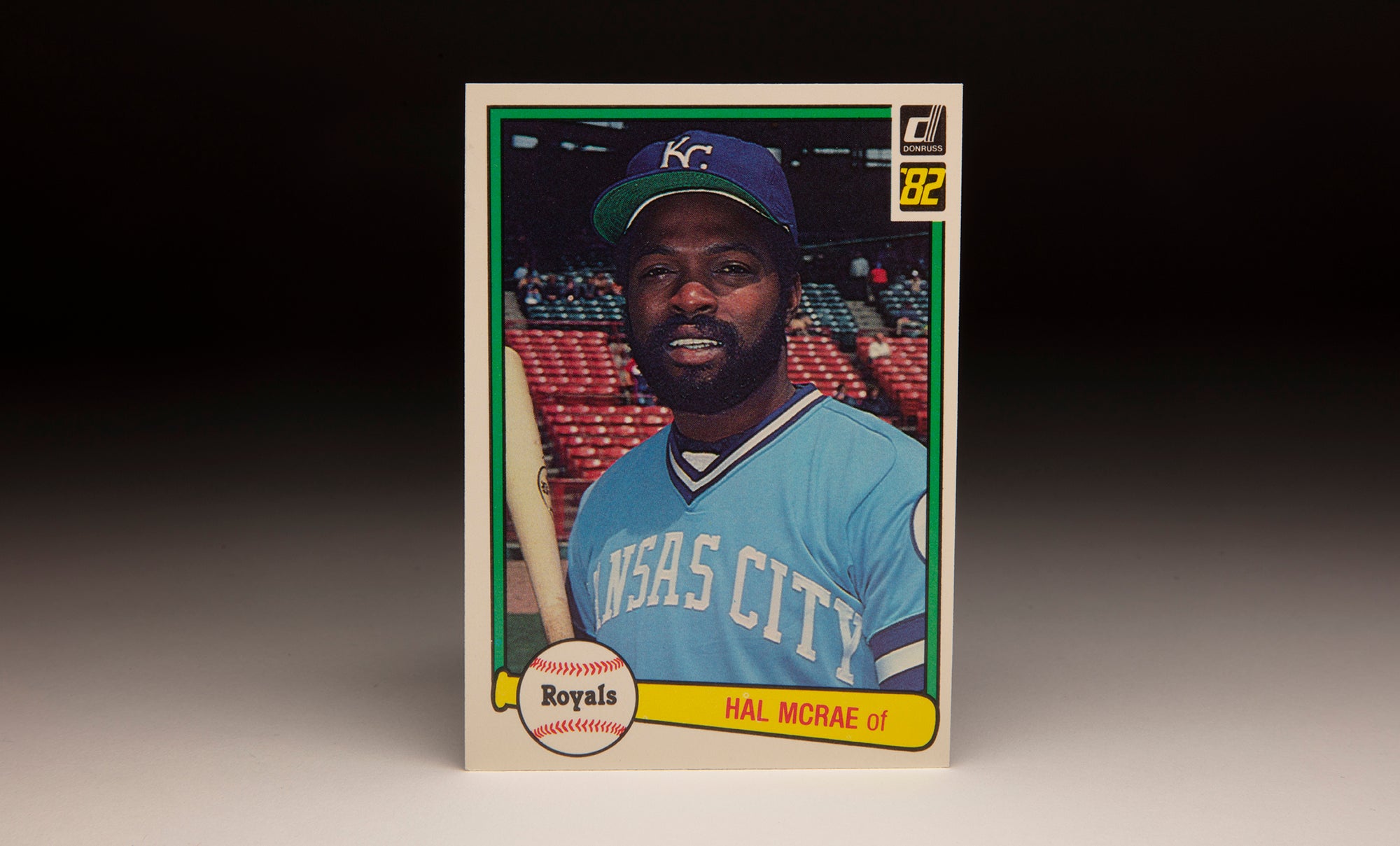
#CardCorner: 1982 Donruss Hal McRae
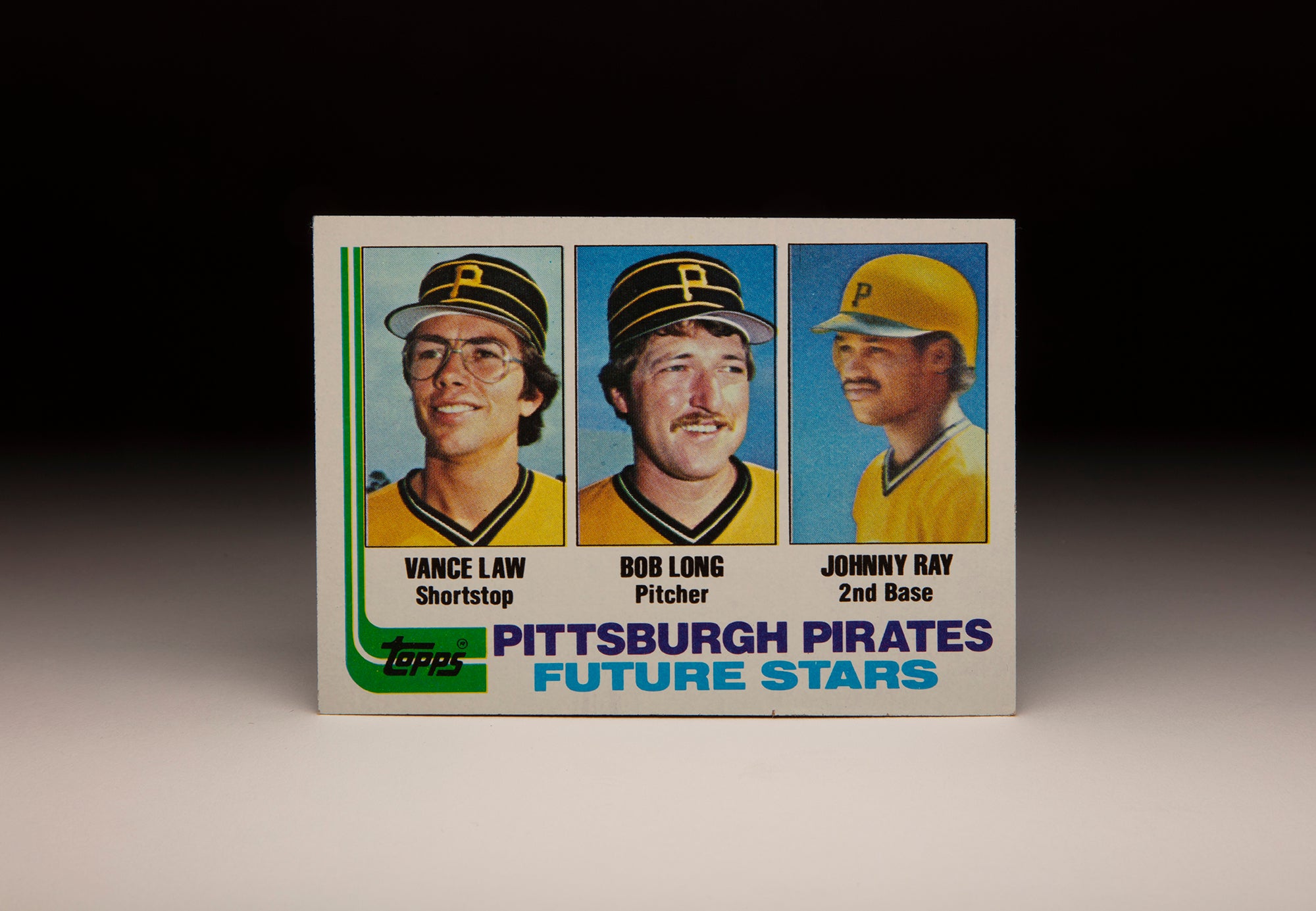
#CardCorner: 1982 Topps Johnny Ray
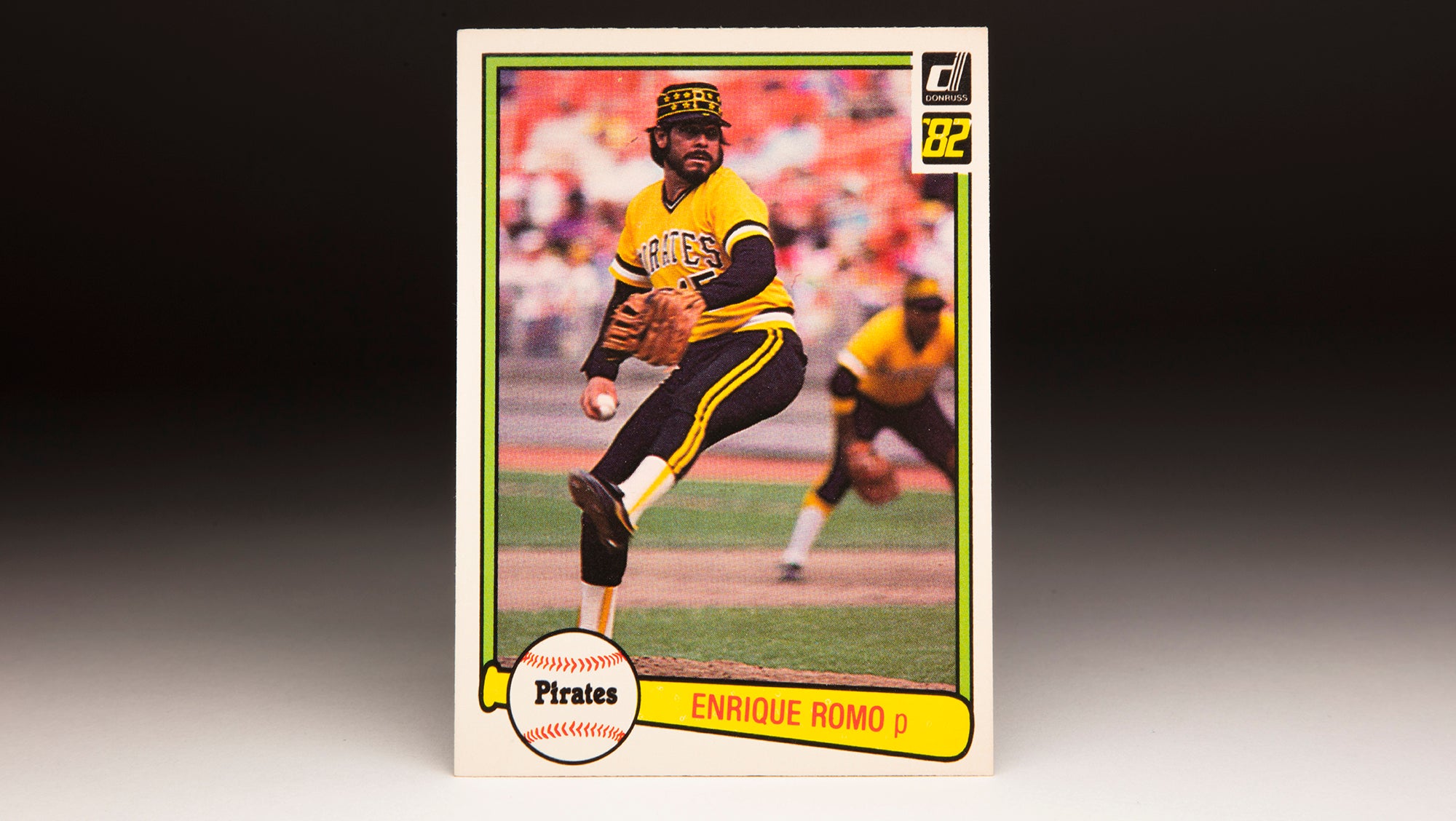
#CardCorner: 1982 Donruss Enrique Romo
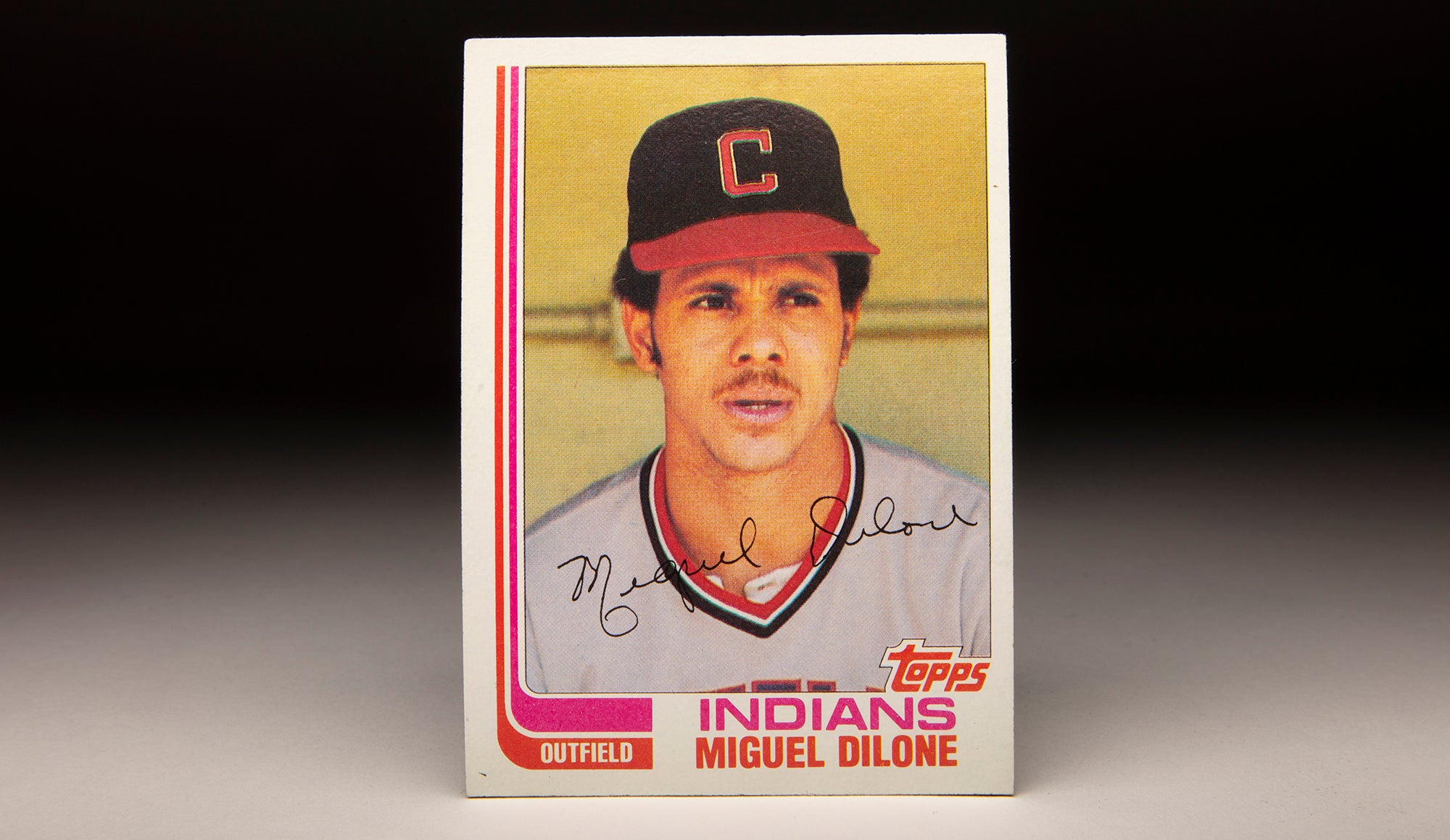
#CardCorner: 1982 Topps Miguel Dilone

#CardCorner: 1982 Donruss Hal McRae

#CardCorner: 1982 Topps Johnny Ray

#CardCorner: 1982 Donruss Enrique Romo


